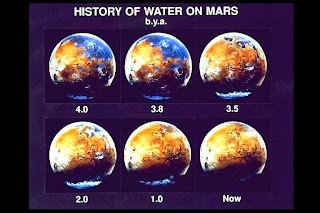On Saturday I drove home
from school to Sacramento where my family lives. On the way (kind of), I
stopped at the Exploratorium in San Francisco. I remembered having visited as a
child and thinking it was really fun but this time when I walked in, I felt
like the only adult surrounded by children. It was a little bit like going to
Disneyland once you’ve grown up and the magic is gone. Anyway, I spend a good
deal of time exploring the Exploratorium. There were a few rooms and “toys”
that I really enjoyed.
The easiest art connection I made was in the “Comfort Zone”.
It was located in the “Black Box” which apparently rotates different
installations. In this room, people’s bodies and body movement are digitally
projected on the black walls with light. The result is an artwork that involves
both the human body and movement along with technology and science. All these
components come together to form an interactive piece of art. Most of the art
here was interactive, which some people may not see as art at all. Expanding my
mind to the fact that art does not have to be just a canvas with paint on a
wall is the most important thing I have learned in this class.
My other favorite part of
the museum was a sign on a wall that asked, “Where does the museum end and the
outside world begin?” I thought about it. Then I left and walked to my car and
looked out at San Francisco. The world is full of art for those who see it. Even the architecture of buildings or bridges, art in nature and rock formations, the way a leaf is shaped, it is all art. This encouraged me to explore the world as I explored the Exploratorium.















.jpg)

